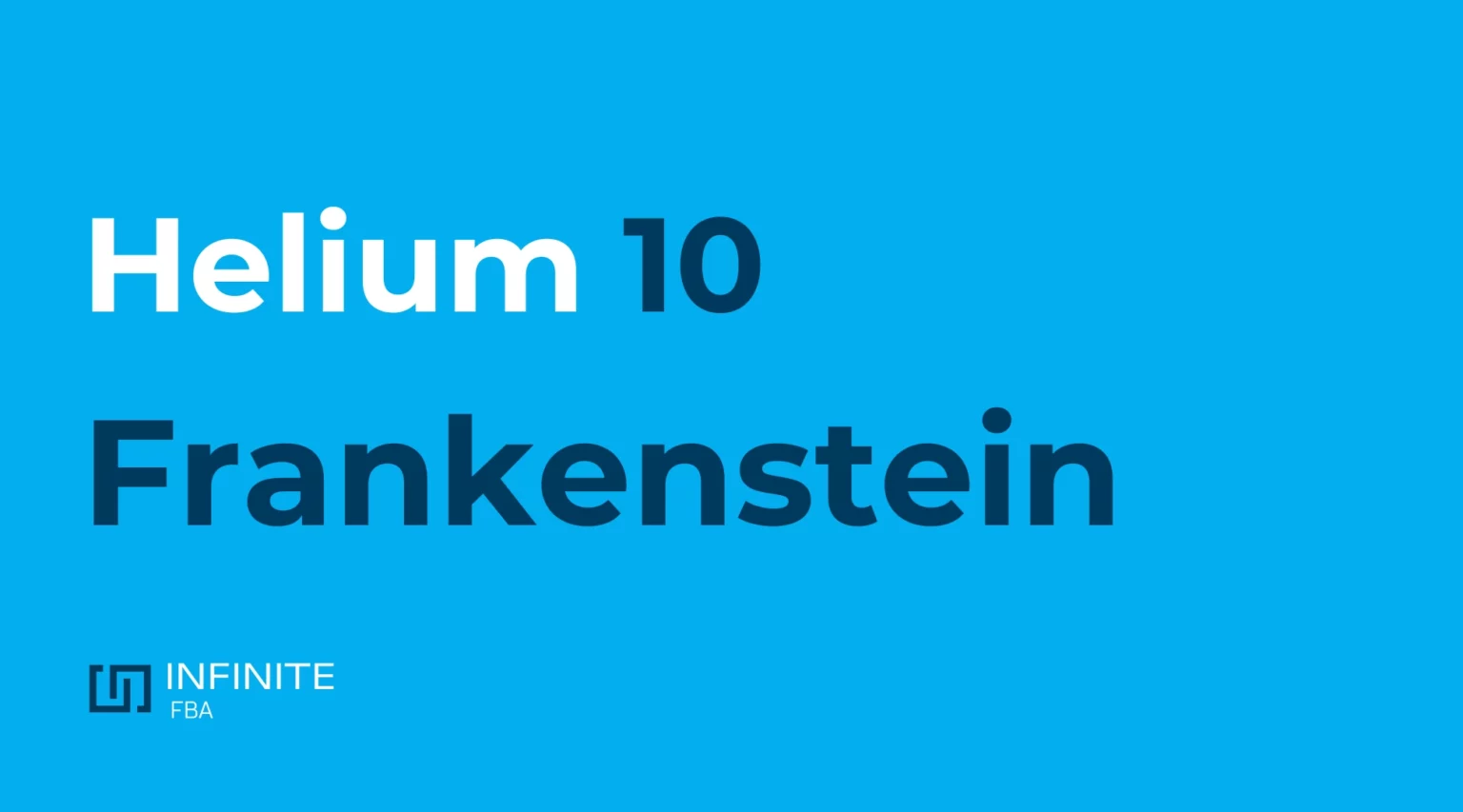Amazon hosts a staggering 350 million products, and for your brand to truly shine, you’ll need to harness the power of the right keywords. These magic words push your product up in search rankings, leading to better visibility and sales. So, how exactly do you pluck out these golden keywords for Amazon SEO and weave them seamlessly into your product listings? Dive into this comprehensive guide to unearth these secrets.
The Significance of Amazon Keywords
Before making a purchase, 61% of shoppers begin their journey on Amazon’s search bar. They input terms or phrases that best describe what they’re looking for. These terms, which can range from primary product categories to more specific descriptors, are what businesses term as Amazon keywords.
Amazon’s search algorithm, designed to match customer searches with relevant product listings, plays a crucial role here. If your product details echo the keywords a customer used, your product stands a taller chance of ranking higher in the search results. But be wary, this algorithm isn’t set in stone; it evolves, adjusting its criteria which could be anything from keyword relevance to customer reviews.
Introducing Helium 10 Frankenstein
In the vast universe of Amazon product listings, Helium 10 Frankenstein emerges as a cutting-edge tool, designed to simplify and elevate keyword research. This segment sheds light on its features and offers guidance on its utilization.
Helium 10 Frankenstein’s Key Features
- Seed Keyword Generation: Feed Frankenstein a list of foundational or ‘seed’ keywords, which it uses as a launchpad to generate a plethora of relevant keywords.
- Robust Keyword Extraction: From your seed keywords or even competitor ASINs, Frankenstein conjures a wide array of potential keywords.
- Advanced Filtering: Zero in on the most potent keywords using filtering parameters like search volume, competitiveness, or word count.
- Competitor ASIN Analysis: Decode your competitors’ strategies by studying the keywords their products rank for.
- Reverse ASIN Lookup: A mirror to see the keywords your product currently ranks for, assisting in further optimization.
- Multi-ASIN Analysis: Analyze several ASINs in one go, spotting common keyword trends.
- Keyword Grouping: Classify keywords based on different criteria for better organization.
- Export and Integration: Integrate seamlessly with other Helium 10 tools, and export keyword lists effortlessly.
Helium 10 Frankenstein in Action
- Dive into Helium 10 and steer towards the Frankenstein tool.
- Initiate with seed keywords.
- Refine your keyword arsenal using the available filters.
- Extract keywords by analyzing competitor ASINs.
- Utilize the Reverse ASIN Lookup.
- Weave the keywords into your Amazon listing.
Amazon Keyword Research Blueprint
Keyword research is not a hit-or-miss exercise. Here’s a structured approach:
- Draft a Preliminary Keyword List: Reflect on general terms linked to your product. This preliminary list serves as your research’s cornerstone.
- Expand Your Keyword List: Employ tools, competitor analysis, or even Google’s suggested searches to broaden your keyword spectrum.
- Deploy a Keyword Tool: A tool like Frankenstein processes your keywords, giving insights on their potential value.
- Categorize Keywords: Post-analysis, rank keywords as primary, secondary, or backend, determining their placement on your product page.
Integrating Keywords Effectively
Keyword integration isn’t about cramming; it’s about strategic placement. Amazon frowns upon keyword stuffing. Your focus should be on clarity and relevance, creating a seamless user experience.
- Product Title: A crucial spot for your primary keyword. Ensure clarity, especially as mobile displays might truncate titles.
- Product Features: Elaborate on unique selling points, aligning with popular keywords. But avoid excessive repetition; maintain authenticity.
- Product Description: Delve deeper into product nuances here, making ample use of the 2,000-character limit.
Stay informed, and remember to revisit your keyword strategy periodically. In the dynamic world of e-commerce, it’s adapt or perish. With tools like Frankenstein by your side, rest assured you’re on the path to mastering Amazon’s keyword game.
Optimizing Your Amazon Listings for Maximum Visibility
While Amazon boasts a vast customer base eager for your products, simply setting up a product page won’t guarantee immediate success. Due to the intense competition on the platform, proactive measures are needed to ensure your product stands out. Key among these strategies is Amazon keyword research, an integral part of boosting your product’s visibility.
The steps for keyword research shared earlier are geared towards generating SEO terms that enhance your product’s visibility on Amazon search results. As your journey progresses and you gather more data, insights into the most effective keywords will become clearer. It’s essential to regularly refine and update your listings to harness the full potential of your Amazon presence. Utilizing a reputable keyword analysis tool can be instrumental in assessing your performance and keeping a record of which optimizations lead to the highest sales.










